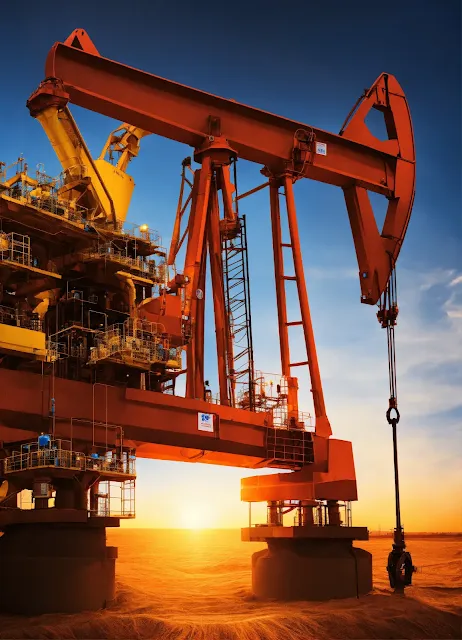So, How Do Petrol and Diesel Actually Come From Crude Oil?
Let’s break it down. No lectures, no jargon—just the basics, like your mate explaining it over a pint.
Crude Oil: Black Gold, Baby
So, crude oil is basically ancient plant and animal mush—like, dinosaurs and ferns and all that prehistoric jazz—smooshed together under pressure for millions of years. The earth does its thing, and voilà: sticky, dark stuff that smells like you definitely shouldn’t drink it.
Straight outta the ground, crude oil is about as useful as a chocolate teapot. It’s a messy soup of chemicals: a bit of petrol, a bit of diesel, some stuff for plastics, and a whole lotta gunk. Obviously, you can’t chuck that into your car and expect it to work. So, how do we sort the good bits from the bad?
Refineries: Where the Magic (and Science) Happens
Picture a refinery as the world’s most complicated kitchen, with pipes and towers everywhere. I’ve seen one up close—seriously, it looks like a metal city designed by someone who really loves spaghetti.
The main trick here is something called fractional distillation. Don’t freak out—it’s not as fancy as it sounds. Imagine making a big pot of stew. As it simmers, different smells waft up at different times, right? That’s because everything boils off at its own temp. Crude oil works the same way.
Fractional Distillation: Like Boiling Soup, But For Science Geeks
Here’s the lowdown:
1. Heat It Up: They shove the crude oil in a furnace until it’s steamy as a sauna.
2. Up The Tower: The vapor heads into this massive tower stacked with trays.
3. Sorting By Temp: As the vapor climbs, it cools. Heavy stuff like bitumen (the blacktop on roads) stays at the bottom. Lighter stuff—petrol, for example—floats up to the top.
4. Collect ‘Em All: They tap off petrol, diesel, kerosene, and whatever else at different levels, then clean ’em up and prep them for whatever comes next.
Petrol—The Lighter, Flashier Sibling
Petrol (or gasoline, if you feel fancy) is one of the lightest things to come out of the tower. It’s skimmed off near the top. But hang on, it’s not ready just yet. They have to zap out impurities (sulphur’s a big no-no) and mix in additives so it burns right in your engine.
Random fact: My uncle ran a petrol pump and he used to show me how even a splash of water in the tank could mess everything up. Super fussy stuff.
Diesel—The Tough Guy
Diesel’s a bit heavier, so it’s drawn out from lower down the tower. It gets cleaned up too, obviously. Diesel engines are the workhorses—think trucks, trains, buses, and that mate’s SUV that sounds like it’s growling at you.
Took a road trip once in a diesel ride, and honestly, the engine’s low rumble made me feel like I was in a movie. Plus, fewer pit stops for fuel. Win-win.
Why Bother With All This?
Without this giant sorting hat of a process, crude oil would just be a useless blob. Fractional distillation gives us the stuff to run cars, heat homes, make plastic ducks, and so on. If everyone suddenly wanted more diesel, refineries could tweak things to pump out more of it. Handy, right?
Yeah, But What About the Planet?
Here’s the not-so-glamorous bit: refining oil is messy business. Greenhouse gases, pollution, the whole shebang. That’s why people are pushing for electric cars and biofuels and all that eco-friendly goodness. But for now, petrol and diesel still rule the roads, like it or not.
So next time you fill up, maybe give a nod to those ancient dino-fossils and the wild science that gets their leftovers into your tank. And hey, now you’ve got a story for the next awkward silence at a party.
Alright, let’s wrap this up. Crude oil might just look like some gnarly black goop, but honestly, without it? Yeah, your car’s not going anywhere fast. Science and engineering basically work their magic and—bam!—suddenly that sludge is powering your road trips, flights, and, let’s be real, most of modern life.
Think about it: all those monstrous refinery towers, all the pipes and flames—just to get you a few gallons at the pump. Next time you’re standing there, bored, watching the dollars tick up, maybe give a little nod to the wild journey those drops have taken.
Anyway, if you actually dug this article or learned something new, toss it to your buddies online. Oh, and hit subscribe if you want more quirky takes on science and all the weird stuff that runs our world.
Keep your curiosity switched on.





No comments:
Post a Comment